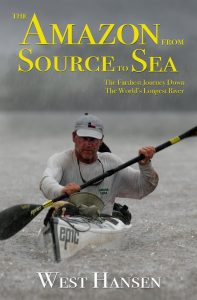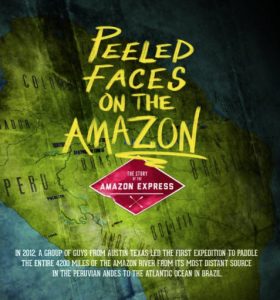What defines the “source” of any river or stream has been the at the heart of many very infamous expedition controversies. Most renowned was the disagreement between Richard Burton and John Hanning Speke. Not only did their personalities clash from the get-go, but neither bothered to define exactly what they were looking for prior to setting out to find the source of the Nile River. The expedition and disagreement was played out in the movie “Mountains of the Moon”. Most popular accounts indicate a jealous rivalry between the two, but this discounts their basic disagreement on what actually defined the Nile’s source: the exit to Lake Victoria or the source of the longest feeder waterway into the watershed.
Without any official geographic or hydrographic clarification since the Burton/Speke expedition in 1863, this ambiguity still reigns and has touched the Amazon River. Please take time to read these articles published by Loren McIntyre, who is popularly, though not scientifically, credited with discovering the source of the Amazon, Rocky Contos, who re-discovered and tested McIntyre’s theory, Piotr Chmielinski, who offers a definition based upon each individual river and West Hansen, who also offers a definition that would include all rivers.
Rocky Contos et al, authored this academic paper in Area Journal in 2013. It should be noted that Rocky did not discover Loren McIntyre’s 1991 article until after Rocky made his discovery of the most distant source of the Amazon due to McIntyre’s article being in a hard to find journal.






